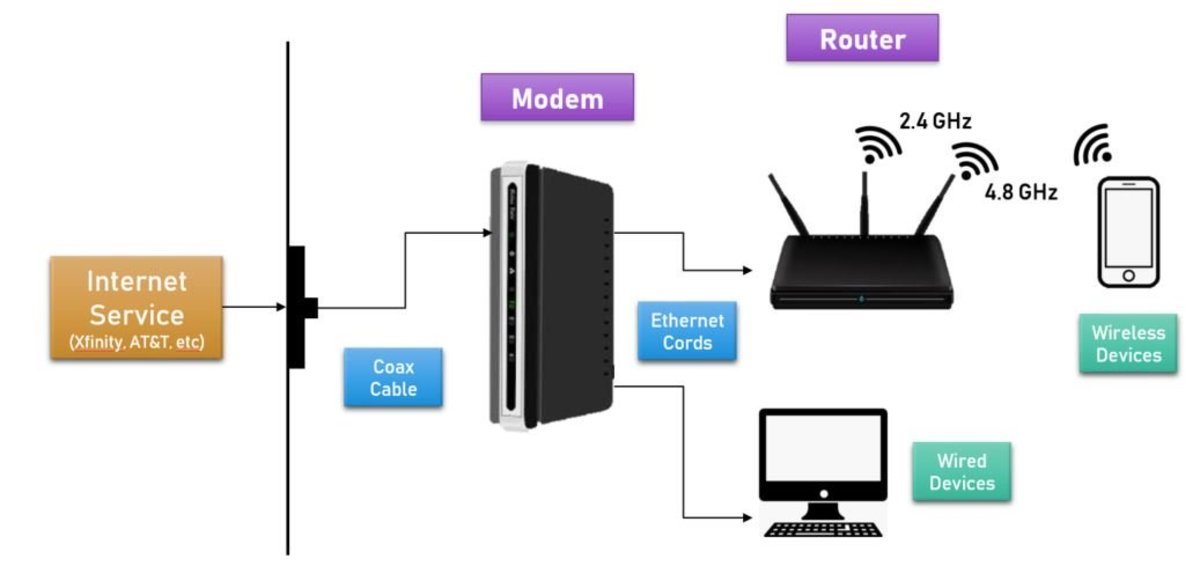Connections Between W.V. Quine's “Two Dogmas of Empiricism” and “Notes on the Theory of Reference”

In the papers "Two Dogmas of Empiricism” (TDE) and “Notes on the Theory of Reference” (NTR), Quine discussed definability and how it must be distanced from the concepts of synonymy and analyticity, which fall under the jurisdiction of the theory of meaning. Instead, he looks at definitions under the theory of reference. In TDE, he explores what definition is, attributing it to a relationship between definiendum, or what is being defined, and definins, or what is used to do the defining (25). Very math-like, no? Well, just wait. In NTR he states that definition rests on synonymy in some cases, but in a more general, mathematical context (as is frequently the case in logic), “A general term t is said to be definable in any portion of language which includes a sentence S such that S has the variable ‘x’ in it and is fulfilled by all and only those values of ‘x’ of which t is true” (132). Quine uses this notion of language to give definition a way to escape synonymy by making it dependent on reference solely, removing it from the theory of meaning and placing it right into the theory of reference (130).
In TDE it states that “definitions…are best viewed not as adjuncts to one language but as correlations between two languages, the one a part of the other” (27). The two languages mentioned are the inclusive language, which deals with message lengths, and primitive notation, which deals with grammer and vocabulary; rules of translation, otherwise known as definitions, equate idioms (not of primitive notation) with a “complex build up of primitive notation” (26). Since a definition is a buildup of these components, the order of the notation matters, for if we switch that order or substitute parts of that buildup for others, the meaning of the definition may change for another or simply make it nonsense. You wouldn't tell someone that the definition of day is when the sun is out and then tell the next person that the sun is when the day is out. Maintaining the order gives the definition truth in some uses and falsehood in other uses. This is similar to what Quine says in NTR, that “the open sentence which follows the quantifier is true of some objects of that kind and none not of that kind” (131).
According to TDE, the definiendum (the idiom) and the definins (the complex build up of primitive notation) are related in three ways. The first is by a paraphrase which preserves direct synonymy between definiendums, preserving equivalency (27). A paraphrase of a definition would have certain parts of it replaced to potentially give a clearer meaning. However, the overall value of the paraphrase is equal to the previous definition. The paraphrased definition would be the new t (call it t’ for mathematical purposes) in the sentence, and as long as the truth of the statement is not distilled then it can be used. The naming of truth changes, a trait of the theory of reference (130).
Another relation that TDE claims exists between definiendums and definins is an improvement of the definition (27). Sometimes a term t will meet the needs for ‘x’ in certain statements but not necessarily so in others that are similar but whose ‘x’ values would not be satisfied by t. If a new definition (t’) is created from the idioms and primitive notation of the old definition with some new notation, so long as no loss of meaning ensues, it can be said to improve the definition and has given it a broader range of applications. We have extended the range of the definition, a claim that the theory of reference makes, without making a major alteration to its meaning (130).
The final relation that TDE offers between definiendums and definins is the new creation of meaning. Sometimes, a statement contains an ‘x’ that has no current definition which would yield the statement to be true. We can use idioms and primitive notation to build up a definition whose truth value would satisfy the statement. By fine-tuning that definition to all statements in the language that have a similar nature to the ‘x’ value, we have denoted a truth, another component of the theory of reference (130).
Works Cited
Quine, W.V. "Two Dogma's of Empiricism." The Philosophical Review. 25-27.
- - -. "Notes on the Theory of Reference." From a Logical Point of View. 130-132.
- Connections Between Peirce's "Some Consequences of F...
In Some Consequences of Four Incapacities (SCFC) and a follow-up paper How to Make Our Ideas Clear (HMOIC), part of Peirce’s discussion covers the temporal nature of thoughts. In SCFC he discusses what constitutes a thought and its meaning or... - Connections Between W.V. Quine's “Two Dogmas of Em...
In “Two Dogmas of Empiricism” (TDE) and “Notes on the Theory of Reference” (NTR), Quine discussed definability and how it must be distanced from synonymy and analyticity, which fall under the jurisdiction of the theory of meaning. Instead,... - Connections Between William James' "Pragmatism and H...
In Pragmatism and Humanism (PH) and Pragmatism and Common Sense (PCS), James discusses the origins of our beliefs. In PCS, James defines Common Sense as the set of habits of mind which were created by our ancestors, which we use as our own beliefs... - Connections Between W.V. Quine’s “Meaning and Tr...
In Quine’s “Meaning and Truth,” in particular the section
© 2012 Leonard Kelley





